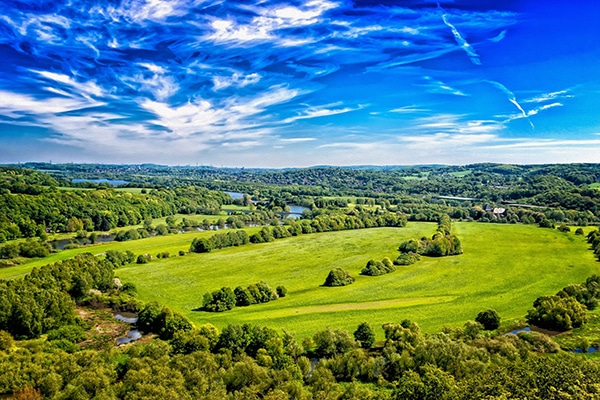
Taking firearms abroad
This page has been created to help provide you with the latest guidance on travelling abroad with your firearms.
Get information on the legal shooting season for mammals and birds in the UK.
Apply for funding for your project or make a donation today
Comprehensive information and advice from our specialist firearms team.
Everything you need to know about shotgun, rifle and airgun ammunition.
Find our up-to-date information, advice and links to government resources.
Everything you need to know on firearms law and licensing.
All the latest news and advice on general licences and how they affect you.
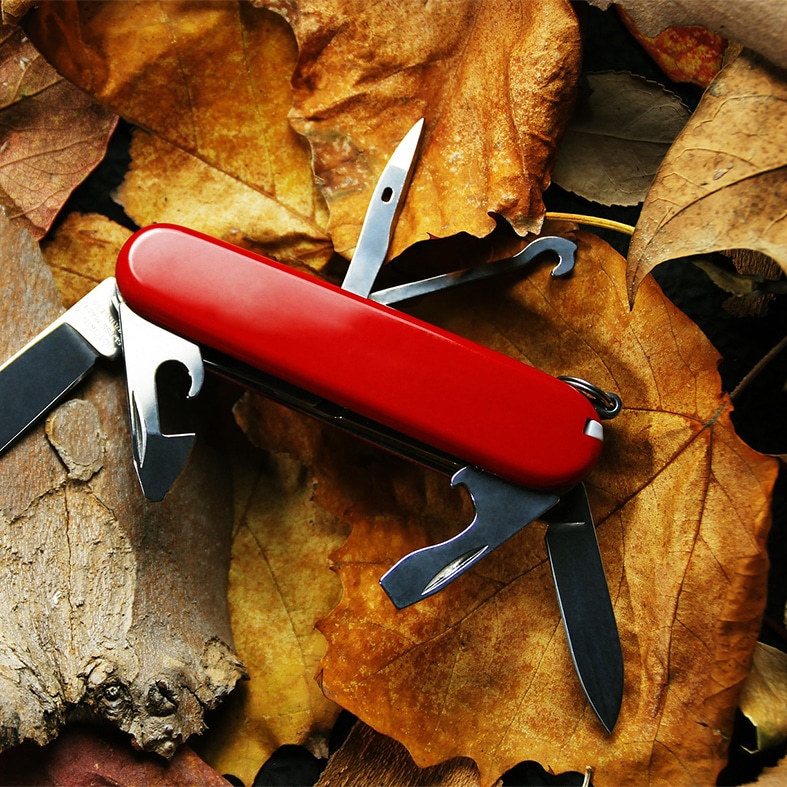

A good knife is an essential bit of kit for anyone involved in shooting. Bill Harriman has some tips on choosing the right one for your needs.
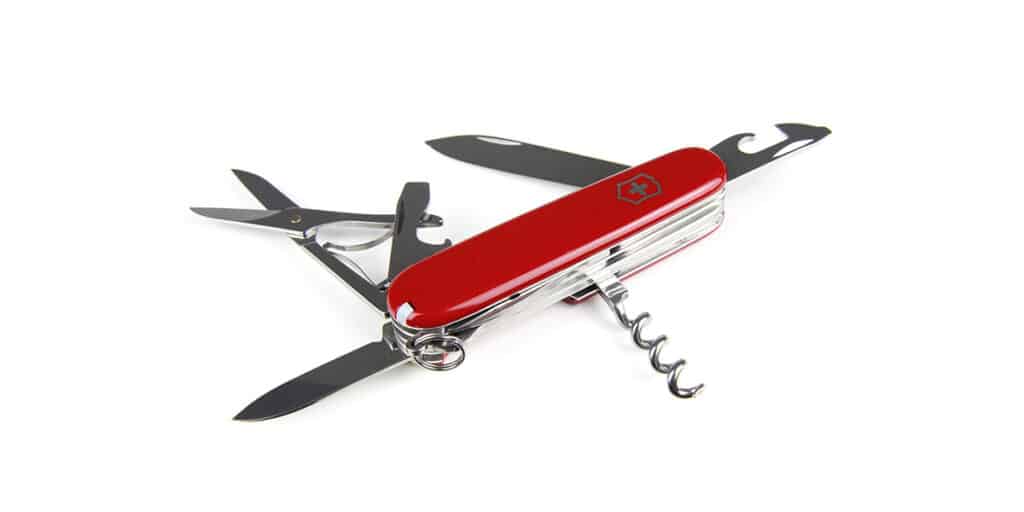
The knife is one of mankind’s oldest and most versatile tools. A good knife is fundamental to bushcraft
and survival skills. It is an essential piece of kit for anyone who shoots, whether you are stalking a red stag or taking a few bunnies.
I’ve carried a knife every day for more than 50 years and I feel uncomfortable without one. A good knife becomes a much-loved companion and I’ve still got my first real knife – a William Rogers small sheath knife that my folks gave me when I joined the Scouts. It may be old, worn and relegated to letter-opening duties, but I still treasure it as a reminder of childhood expeditions and carefree days in the country.
There are so many well-made and affordable knives available these days, but how do you choose the right one? A general piece of advice is to buy the best knife that you can afford, and which is designed for the job that you want to do. Quality always trumps cheapness.
These days, most knives are made with stainless steel blades although some, mainly Scandinavian and the excellent Opinel folder, use carbon steel.
Carbon steel is very quick and easy to sharpen to a razor-like edge. However, it tends to lose its edge quite quickly. It is also prone to rusting, discolouration and can taint food, particularly fruit because of its high acid content.
Stainless steel is harder which makes it less easy to sharpen. However, once sharp it holds an edge for a long time and often only an occasional couple of strokes with a sharpener are needed to maintain it. Of course, stainless steel does not discolour readily nor give food a metallic taste.
Knives with folded steel or Damascus blades may look very pretty with their swirling patterns and different colours but, metallurgically, they are inferior to modern steels. They have more relevance in a collector’s cabinet than on a hunter’s belt.

There are lots of knives made with very specialised blade shapes, for example the thin whippy ones used for filleting or the broader ones with rounded tips designed for skinning. For me, the best all-round profile is a deep blade with a tip which drops slightly towards the point.
In terms of length, I think that about 4 inches is the longest that is useful before it becomes unwieldy. I sometimes see people carrying whopping knives that make Jim Bowie’s legendary blade look as puny as a nail file. Why? They are useless for hunting in the UK. I’m often told that they are useful for cutting wood etc. That may be so, but an axe or a saw is so much better.
A good knife has a big handle and a small blade and a guard or a finger notch to protect the user’s fingers from injury.
Gut hooks are handy for unzipping larger animals but of limited use on smaller game. They are also hard to sharpen without a special profile slip stone or ceramic rod.
Serrated edges provide fantastic cutting ability – particularly through rope – and do not slip on hard surfaces, but they are very difficult to sharpen.
For strength, I prefer full tang blades, ie. those made out of a single billet of steel and whose tangs form the profile of the handle.
A well-made folding knife is both compact and safe to carry when folded. Always choose one with a locking blade which will protect your fingers by stopping the knife from folding when in use.
Despite what some police officers say, lock-knives are NOT prohibited weapons. For more detail on knives and the law go to the Firearms section on the BASC website www.basc.org.uk.
The main disadvantages of folding knives is that they are not as strong as a fixed blade and they are difficult to clean thoroughly as dirt, blood etc gets in the mechanism.
A folding knife may also have additional blades, a saw for example, making it a versatile tool. By the same token the multi-tool – such as those made by Gerber or Leatherman – are also very good. However, they are actually a secondary series of blades and other tools attached to a pair of pliers.
The best way of carrying a folding knife is in a belt pouch; otherwise it may wear a hole in your pocket.
Knives used to have three main types of handle – wood, staghorn and layered leather washers. These materials always look good, especially when new.
However, they could be impractical. Both wood and staghorn can be slippery if handled with wet or bloody hands. Wood can bruise or split if the knife is dropped and needs its finish renewing from time to time. If it gets wet it can warp and may also react with the metal, leaving unsightly stains.
Nowadays many knives have plastic, neoprene or rubber handles. These are often grooved or chequered to improve the grip. By far their greatest advantage is that they are easy to clean. Hot soapy water – or better still the dishwasher – will remove dirt and germs without damage.
Many plastic handles have brightly coloured inserts which make the knife easier to spot if you drop it into long grass or undergrowth. Some even have blaze orange handles which make them almost impossible to lose.
Micarta grips – a resin/cloth laminate – are also durable and generally attractive. If you use your knife a lot in poor light, a dab of luminous paint or a fishing rod luminous tip set into the handle with make it easier to see.
I prefer a handle with an eye for a lanyard. It’s a handy way of carrying a length of nylon cord.
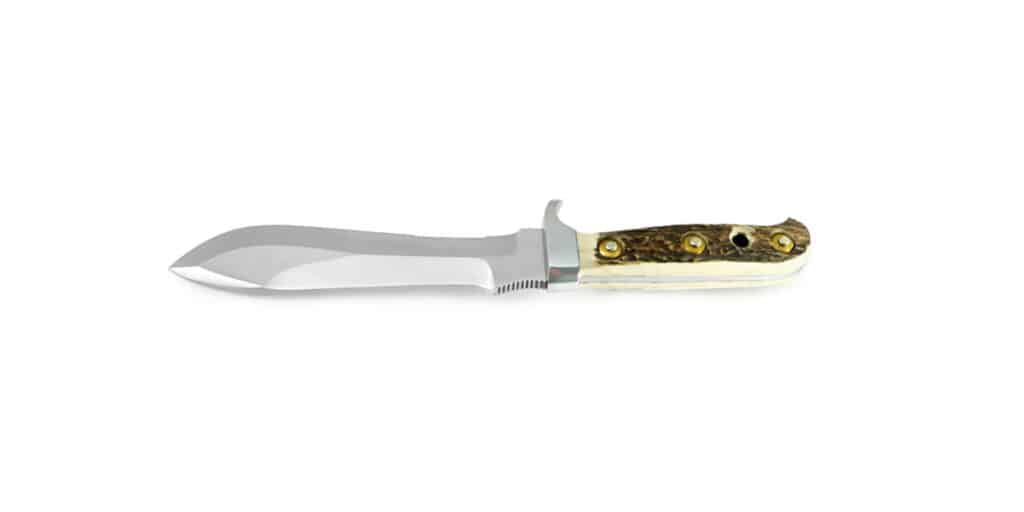
A good sheath is very important because it protects the knife from loss or damage when not in use. It also protects you from injury.
Design is very important. The Scandinavian-style pouch sheath holds the knife very securely. Most incorporate some sort of plastic liner that stops the blade going through the leather if it is not put back in properly.
Most conventional sheaths have a retaining strap. This needs to be mounted low down on the belt loop to prevent the knife from being forced upwards when the user sits down. One of my friends sat down awkwardly on a knife in a badly designed sheath. The blade went through the leather and cut his buttock quite badly. How we laughed! There were no volunteers to administer first aid, either.
I prefer a loop in the strap which is secured by a stud rather than a press-stud which is not as secure and which can often break.
Leather sheaths are durable, provide good protection and are easily maintained. Plastic sheaths are easy to clean but can rattle, spooking your quarry.
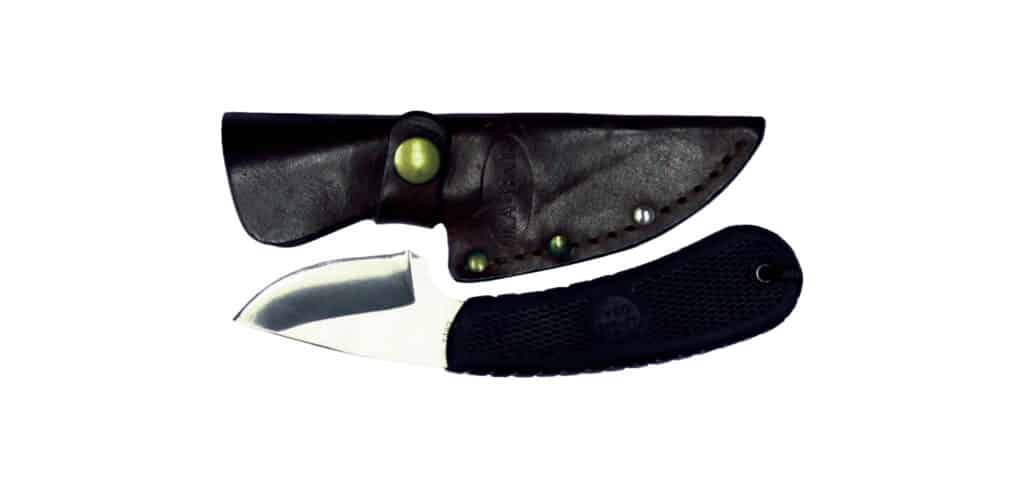
My choice for everyday game shooting and pest control is a Swiss Army knife – really my portable tool kit – paired with a little Ka Bar sheath knife.
If I’m after larger quarry, I substitute a Spanish World Knives drop-point hunter with stainless 95mm blade and green Micarta grips. I actually own more than 100 knives, but my experience shows that these three are more than adequate for what I need.
Got a question? Email us on firearms@basc.org.uk or call 01244 573 010.
© BASC July 2023

This page has been created to help provide you with the latest guidance on travelling abroad with your firearms.
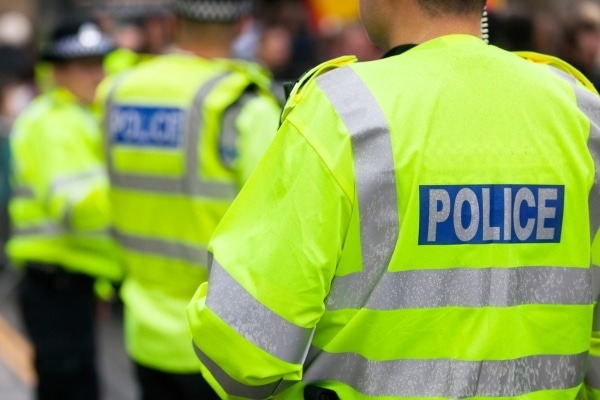
Information on when the police and other authorities have the right to enter your property, plus advice around the seizure of firearms.
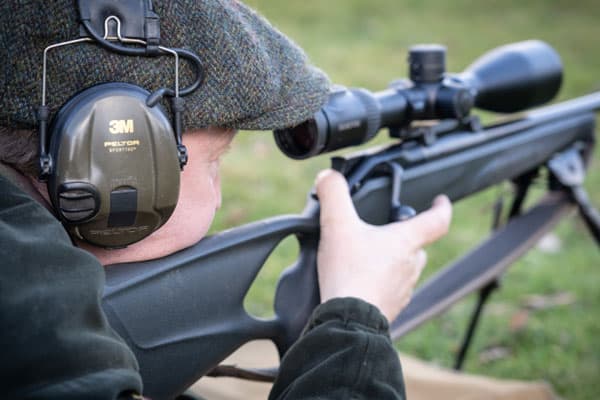
This course is offered as a bespoke service to zoos and safari parks, which can be tailored to meet specific needs.
Sign up to our weekly newsletter and get all the latest updates straight to your inbox.
© 2025 British Association for Shooting and Conservation. Registered Office: Marford Mill, Rossett, Wrexham, LL12 0HL – Registered Society No: 28488R. BASC is a trading name of the British Association for Shooting and Conservation Limited which is authorised and regulated by the Financial Conduct Authority (FCA) under firm reference number 311937.
BASC Direct Ltd is an Introducer Appointed Representative of Agria Pet Insurance Ltd who administer the insurance and is authorised and regulated by the Financial Conduct Authority, Financial Services Register Number 496160. Agria Pet Insurance is registered and incorporated in England and Wales with registered number 04258783. Registered office: First Floor, Blue Leanie, Walton Street, Aylesbury, Buckinghamshire, HP21 7QW. Agria insurance policies are underwritten by Agria Försäkring.
If you have any questions or complaints about your BASC membership insurance cover, please email us. More information about resolving complaints can be found on the FCA website or on the EU ODR platform.